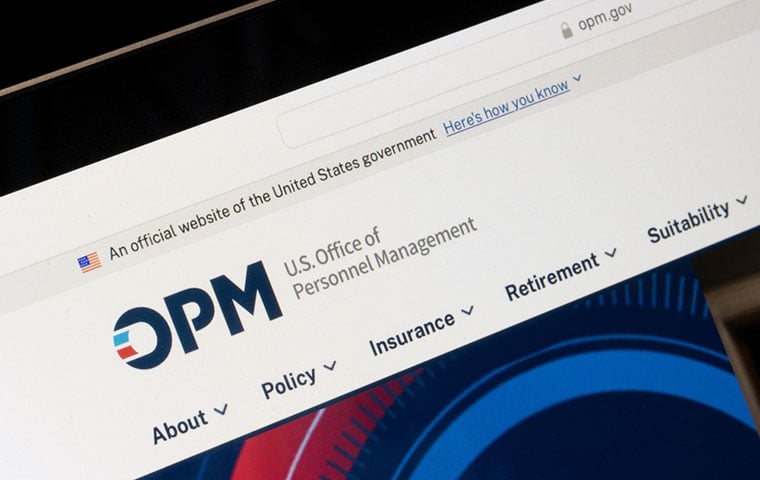
OPM earlier had said that more than 150,000 employees accepted deferred resignation offers, either in the initial government-wide offer or in later agency-specific offers, but it had not previously quantified how many of them would be retiring. Image: Tada Images / Shutterstock.com
By: FEDweek Staff
OPM has said that it “we are now starting to see the first wave of new retirement applications” from those who took deferred resignation offers, amounting to more than double the annual spike that OPM receives each January and about four times the average of other months.
“Currently, we have about 35,000 retirement applications pending in ORA [the Online Retirement Application system] with a September retirement date. That means – if history is a good predictor of the future – we expect OPM to receive that number of applications in the next 2-3 weeks. Yes, that’s a lot,” OPM director Scott Kupor said in a blog posting.
That figure does not include additional employees who accepted deferred resignation offers with an ending date as late as the end of the calendar year, which some agencies allowed for reasons including enabling employees to have enough service time to qualify for either retirement benefits. The number further does not include potential additional retirements related to RIFs either now in process or potentially ahead.
A surge had been seen as likely since in other types of separation incentive programs—such as standard buyouts and/or early retirement offers—a large share of those who accepted have retired.
OPM earlier had said that more than 150,000 employees accepted deferred resignation offers, either in the initial government-wide offer or in later agency-specific offers, but it had not previously quantified how many of them would be retiring. Some in that total are already retired—OPM received an uptick in the May-June period—for reasons including being free to take other employment without conflict of interest restrictions.
The 2-3 weeks the posting mentions is a reference to the processing time at the employing agency before an application gets to OPM for a determination of benefits. However, that processing is done by agency personnel, payroll and related officials, many of whom have been on furlough since the October 1 start of the partial government shutdown.
OPM typically receives a surge of retirement applications each January because there always is a spike in federal retirements around the turn of the year, for reasons including employees wishing to maximize payouts for unused annual leave. In contrast to the typical monthly range of 6,000-8,000, OPM in January 2024 received about 13,000 applications and in January of this year about 16,100.
OPM has long been criticized for the pace of adjudicating applications even after they arrive there. The average processing time in August was 70 days, with an average of 45 days for those taking less than 60 days and an average of 94 for those taking 60 days or more. However, in some cases the wait for an individual is much longer, in some cases more than a year.
Kupor pointed to the practice of paying estimated “interim” payments pending a final adjudication, saying that OPM pays “most retirees 80 % of their expected annuity within 30 days of OPM receiving an application.” In that case too, though, an individual’s wait can be much longer and/or for well below the 80 percent figure.
“We are going to increase the number of retirees that we can put into interim pay with a goal of getting 80% of retirees a check within 30 days of receipt of their application and the remainder within 60 days. In some cases, we will undoubtedly underpay a retiree and in others we may overpay. Neither of these situations are catastrophic or irreversible – we will true up to the “right” amount as we perfect an application,” he wrote.
The migration to online application will make the process more efficient and “We are also augmenting our team for this busy season and rolling out a series of incentive programs for our existing employees to reward them for their dedication and time investment to helping our retirees get a check in their bank account as soon as possible,” he wrote.
OPM Advises Agencies on Conducting RIFs During Shutdown
Updated Shutdown Contingency Plans Show Range of Impacts
Use Shutdown as Justification for More RIFs, OMB Tells Agencies
Unions Win a Round in Court Disputes over Anti-Representation Orders
Deferred Resignation Periods End for Many; Overall 12% Drop
Senate Bill Would Override Trump Orders against Unions
See also,
How to Handle Taxes Owed on TSP Roth Conversions? Use a Ladder
The Best Ages for Federal Employees to Retire
Best States to Retire for Federal Retirees: 2025
Pre-RIF To-Do List from a Federal Employment Attorney